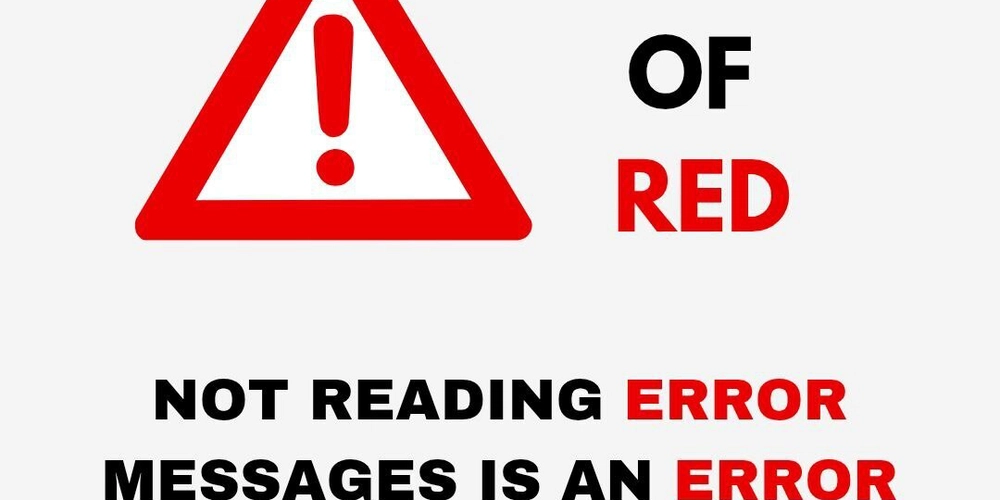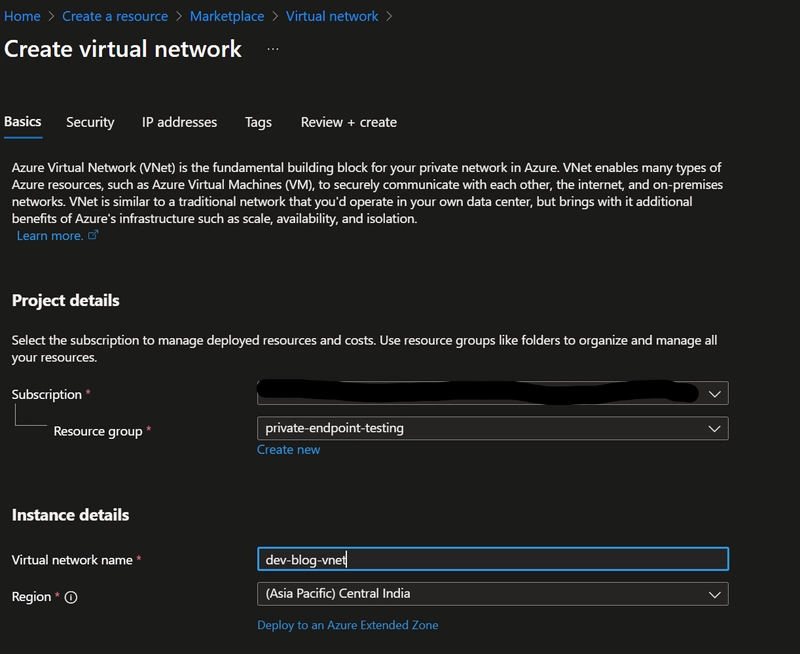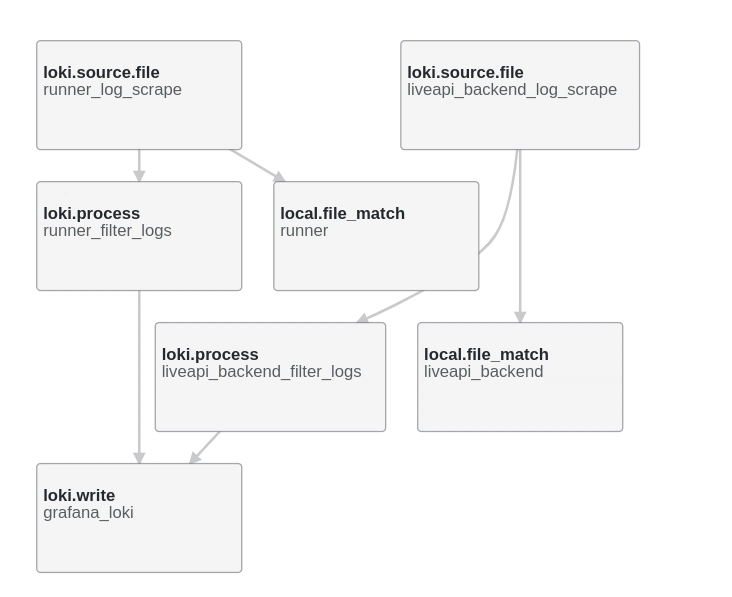The Fear of Red: Why Not Reading Error Messages is an Error
I've been writing code for years, and if there's one lesson that has stuck with me, it's this: "Not reading error messages is an error" Too often, developers panic at the sight of red alerts in the console or their code editor. The first instinct? Rush to Stack Overflow, ChatGPT, or any other quick fix solution. But here’s the thing—many errors are as simple as ABC. That missing semicolon, the incorrect variable name, the function that isn’t defined yet—most of these issues can be resolved in seconds if we take the time to read and understand the error messages. They are not enemies; they are guides pointing us in the right direction. So, the next time you see red, don’t panic. Read first, debug later. You’ll be surprised at how much you can solve on your own. SoftwareDevelopment #Debugging #ErrorMessages #LessonsLearned

I've been writing code for years, and if there's one lesson that has stuck with me, it's this: "Not reading error messages is an error"
Too often, developers panic at the sight of red alerts in the console or their code editor. The first instinct? Rush to Stack Overflow, ChatGPT, or any other quick fix solution. But here’s the thing—many errors are as simple as ABC.
That missing semicolon, the incorrect variable name, the function that isn’t defined yet—most of these issues can be resolved in seconds if we take the time to read and understand the error messages. They are not enemies; they are guides pointing us in the right direction.
So, the next time you see red, don’t panic. Read first, debug later. You’ll be surprised at how much you can solve on your own.










































































































































































![[The AI Show Episode 143]: ChatGPT Revenue Surge, New AGI Timelines, Amazon’s AI Agent, Claude for Education, Model Context Protocol & LLMs Pass the Turing Test](https://www.marketingaiinstitute.com/hubfs/ep%20143%20cover.png)




























































































































![From Accountant to Data Engineer with Alyson La [Podcast #168]](https://cdn.hashnode.com/res/hashnode/image/upload/v1744420903260/fae4b593-d653-41eb-b70b-031591aa2f35.png?#)





































































































.png?#)



















































































































































![Apple Posts Full First Episode of 'Your Friends & Neighbors' on YouTube [Video]](https://www.iclarified.com/images/news/96990/96990/96990-640.jpg)

![Apple May Implement Global iPhone Price Increases to Mitigate Tariff Impacts [Report]](https://www.iclarified.com/images/news/96987/96987/96987-640.jpg)





























































































































